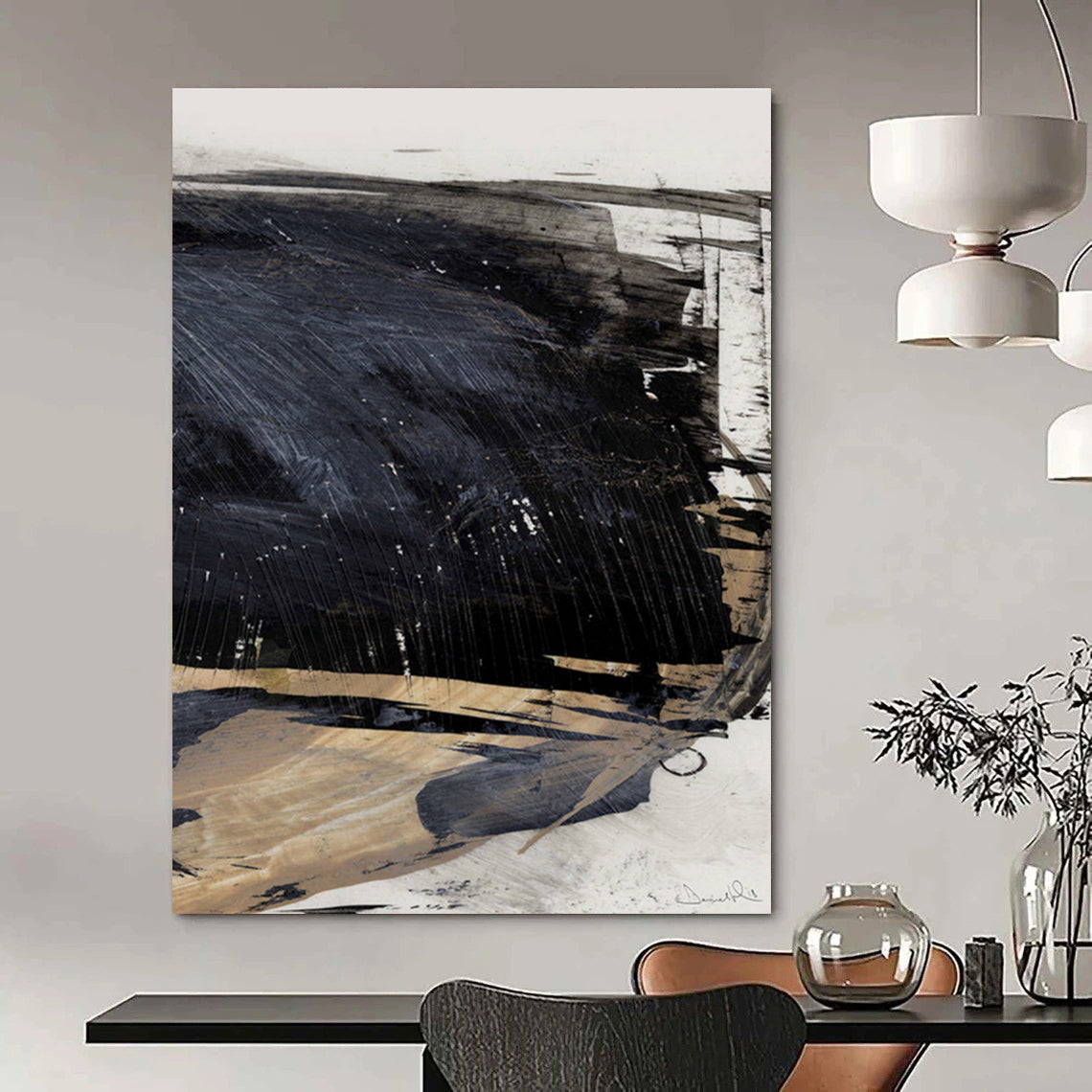Color perception is a fascinating and complex process that shapes how we experience the world around us. Why do some color combinations feel vibrant and energetic, while others appear dull or even visually confusing? The answer lies deep in the biology of our visual system, explained by a key concept known as the Opponent Process Theory. This theory reveals how the brain processes colors in pairs of opposites, affecting everything from art and design to everyday visual experiences.

The Foundations: From Trichromatic Theory to Opponent Process Theory
The journey to understanding human color vision began with the Trichromatic Theory proposed by Thomas Young and Hermann von Helmholtz. This theory explains that the retina contains three types of cone cells that are sensitive to red, green, or blue light. However, while the trichromatic theory describes how we detect color, it does not fully explain how the brain interprets color contrasts and complementary colors.
Building upon this, in the late 1800s, German physiologist Ewald Hering formulated the Opponent Process Theory, noting that humans do not perceive certain color combinations, such as "reddish-green" or "bluish-yellow." The theory proposes three opponent channels that process color antagonistically: red versus green, blue versus yellow, and black versus white (luminance contrast).

The Science Behind Opponent Process Theory
This theory aligns with neurological findings: specific retinal and brain cells are excited by one color in a pair and inhibited by the opposing color. This biological mechanism ensures we perceive colors distinctively. The lateral geniculate nucleus (LGN) processes these opponent signals after receiving input from the retina's cone cells, explaining why we never see colors like "reddish-green" simultaneously.
Complementary Colors and Visual Effects
Complementary colors lie opposite each other on the color wheel—the very pairs defined by Opponent Process Theory. When placed side by side, these colors create the strongest visual contrast and a dynamic, vibrant effect. This is why red and green or blue and yellow offer such visual “pop” in art and design, as demonstrated by artists like David Hockney, who uses these contrasts to draw the eye.
Afterimages and Color Illusions
The opponent channels also explain optical illusions such as afterimages, where staring at a bright color for some seconds results in seeing its complementary color afterward. This phenomenon demonstrates how our visual system dynamically adjusts, reinforcing the reality of opponent color processing.

Applying Opponent Process Theory in Art and Design
Understanding Opponent Process Theory can enhance your creative work by informing color choices that maximize visual impact.
1. Painting and Illustration
Use opponent pairs like red-green or blue-yellow to construct striking, high-contrast palettes. This approach brings drama and energy to an artwork and aligns with well-established color theory.
2. UI/UX Design
In user interfaces, colors based on opponent color pairs help highlight critical buttons and alerts. Accessibility considerations, such as red-green color blindness, are especially important for inclusive designs.
3. Photography and Film
Color grading uses these principles to set moods—cool blues for calm or isolation, warm yellows for happiness. Employing complementary schemes adds emotional depth and cohesion to visual storytelling.
Why Opponent Process Theory Matters
This theory gives insights into how we perceive color contrasts, explains optical illusions, and guides creative applications across fields like art, design, and digital media.

FAQ
Q1: What is the main difference between the Trichromatic and Opponent Process Theories?
Trichromatic Theory concerns how the retina detects colors, while Opponent Process Theory explains how the brain processes these colors through opposing channels.
Q2: Can we see colors like “reddish-green”?
No, as these color pairs inhibit each other in the brain, making simultaneous perception impossible.
Q3: How does the theory explain afterimages?
After staring at a color, the fatigued retinal cones cause the complementary color to appear temporarily due to neural adaptation.
Q4: How can artists use this knowledge?
By applying complementary colors from opponent pairs, artists can create powerful visual contrasts that enhance emotional expression.
Q5: Is this theory useful in digital design?
Yes, especially for color choices that improve visual accessibility and user interface clarity.

